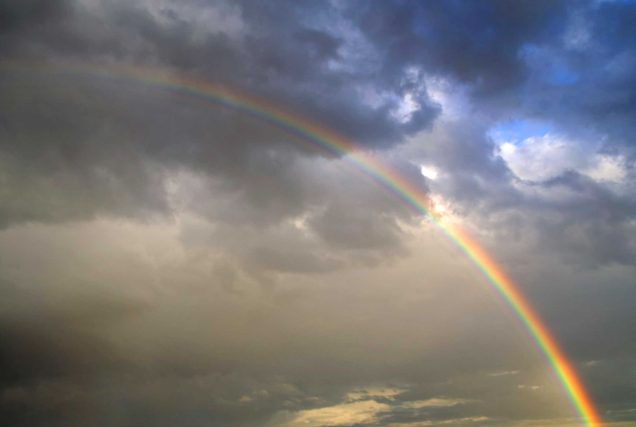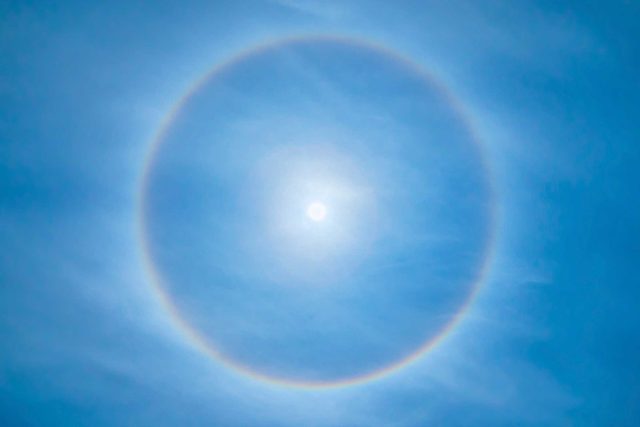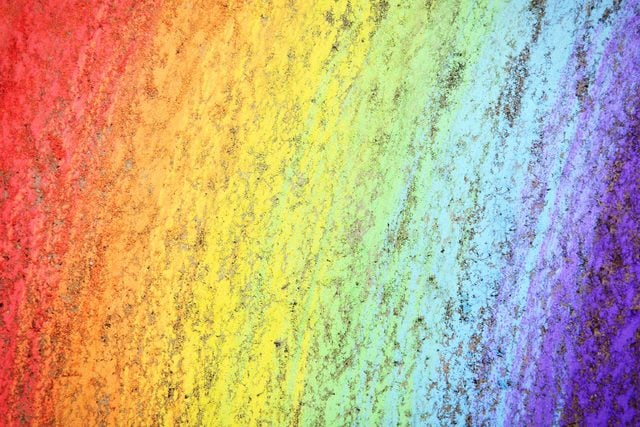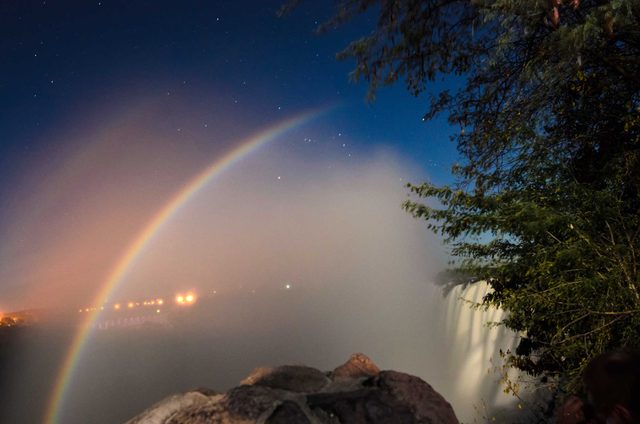
Rainbows are optical illusions
Similar to a mirage, a rainbow is formed when light rays bend, creating an effect that is visible, but not able to be touched or approached. For rainbows, light is reflected and refracted through water droplets, separating white light into the seven colors of the spectrum. Find out which of these are the rarest colors.

Rainbow hunters, look here
Morning and evenings after a storm are the best times to glimpse a rainbow. With the sun low in the sky (at an angle of about 42 degrees, to be exact), light passes through drops of water at the proper angle to create a rainbow above the horizon. When the sun is much higher—at, say, 1 pm—or lower in the sky, the angle of the light projects a rainbow below the horizon, where it’s more likely to be blocked by trees or buildings, or not be visible at all. Rainbows appear in the sky opposite the sun, so make sure your back is to the sun to give you the best chance of seeing one.

Rainbows can be full circles
Consider the horizon again: It’s the line that cuts the full circle of a rainbow in half. With no horizon—such as the view from an airplane or while skydiving—it’s possible to see the rainbow’s entire circumference.

Remember the colors of the rainbow with this acronym
Allow us to introduce you to Roy G. Biv. Remember that name, and you’ll be able to recite the colors of the spectrum (and the colors of a rainbow from top to bottom) in order: red, orange, yellow, green, blue, indigo, violet. Because the second, fainter rainbow of a double rainbow is a reflection of the first, the colors are reversed.

Aristotle was obsessed with rainbows
Greek scholar Aristotle was one of the first thinkers to seriously consider how and why rainbows formed—he devoted much of Meteorology, Book III to the topic. Though some of his theories were wrong (he posited that rainbows were made of only three colors), he rightly deduced that white light separated into the colors of the spectrum to form rainbows.
